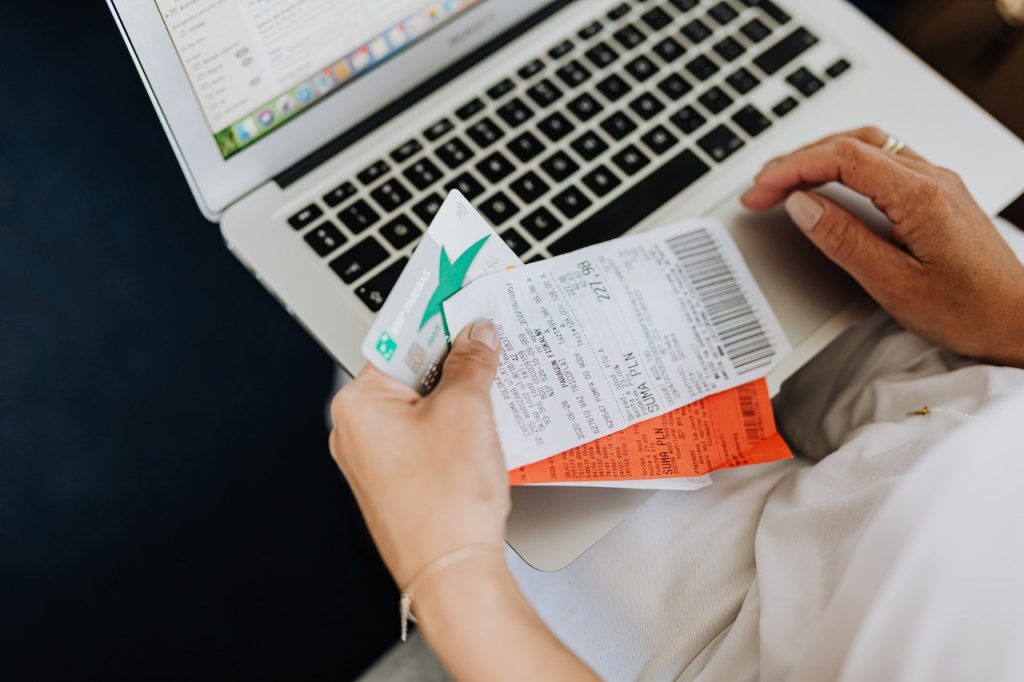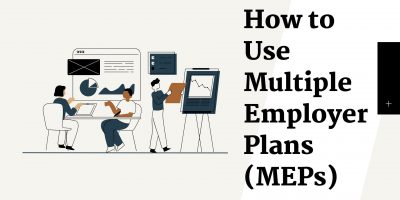
SaaS Companies and Permanent Establishment Risk
Your SaaS company doesn’t need a physical office abroad to trigger a multimillion-dollar tax bill. With authorities expanding the definition of permanent establishment, unprepared employers often realize the risk too late.











